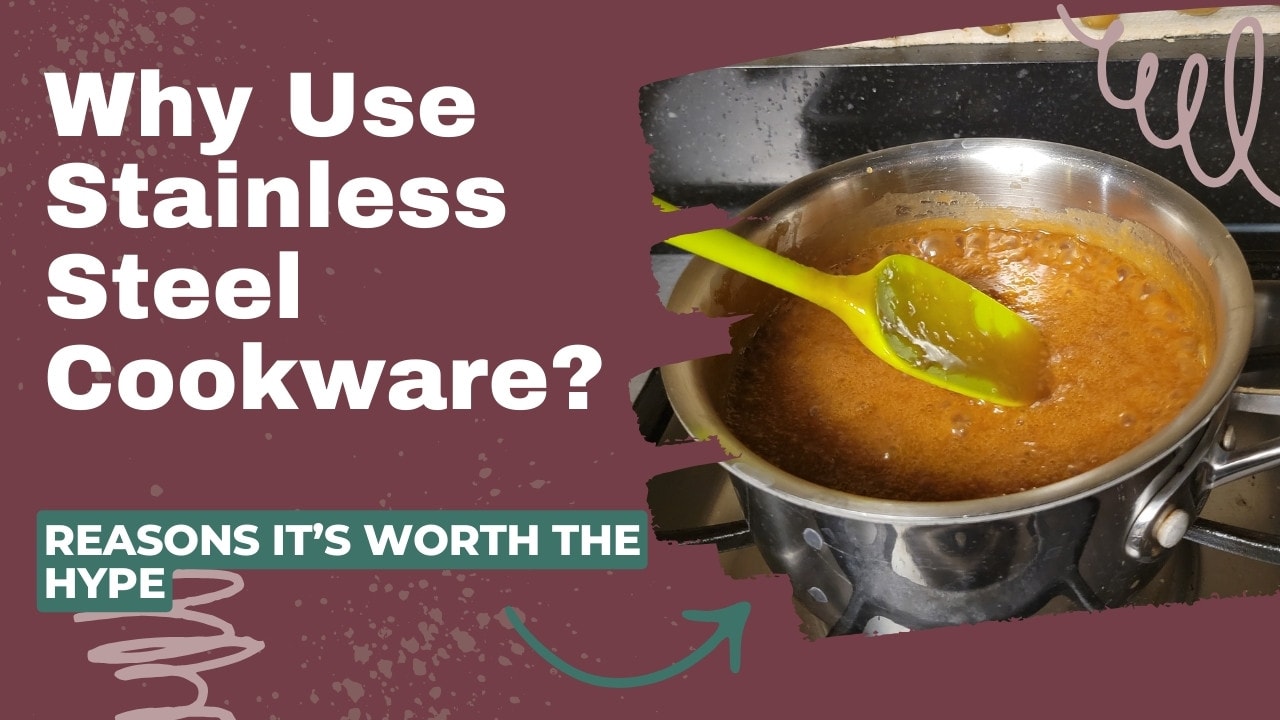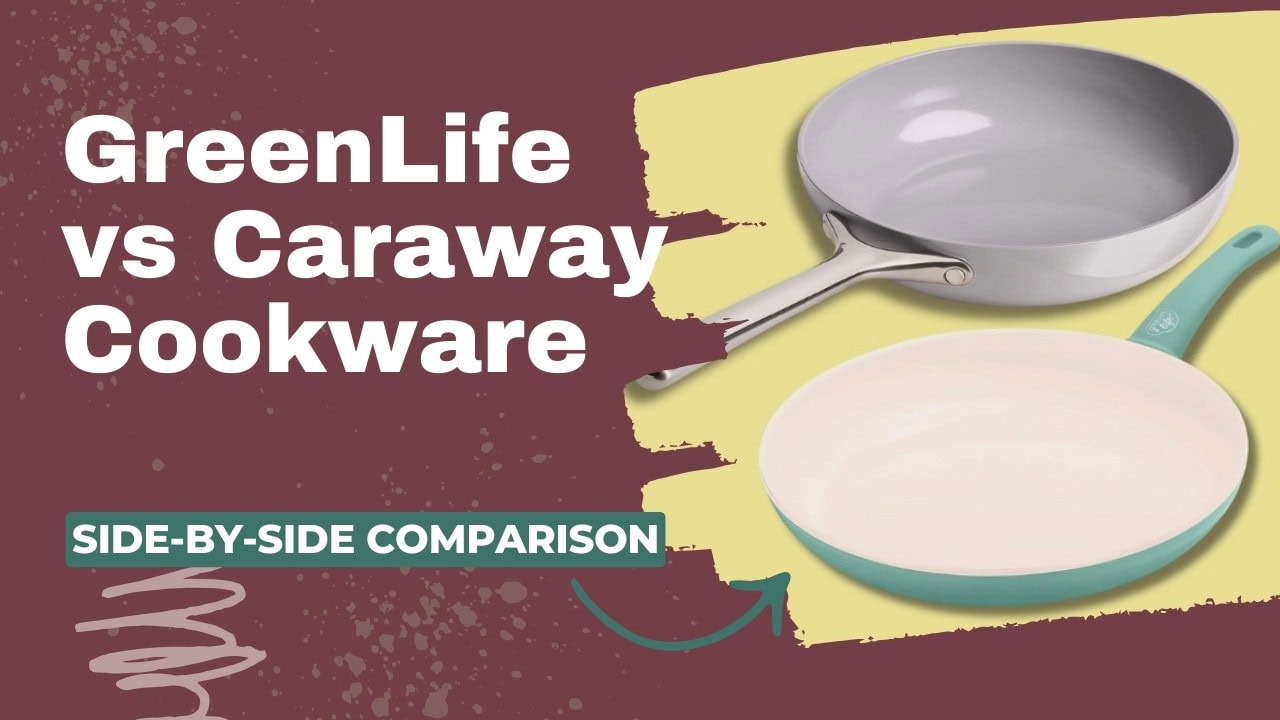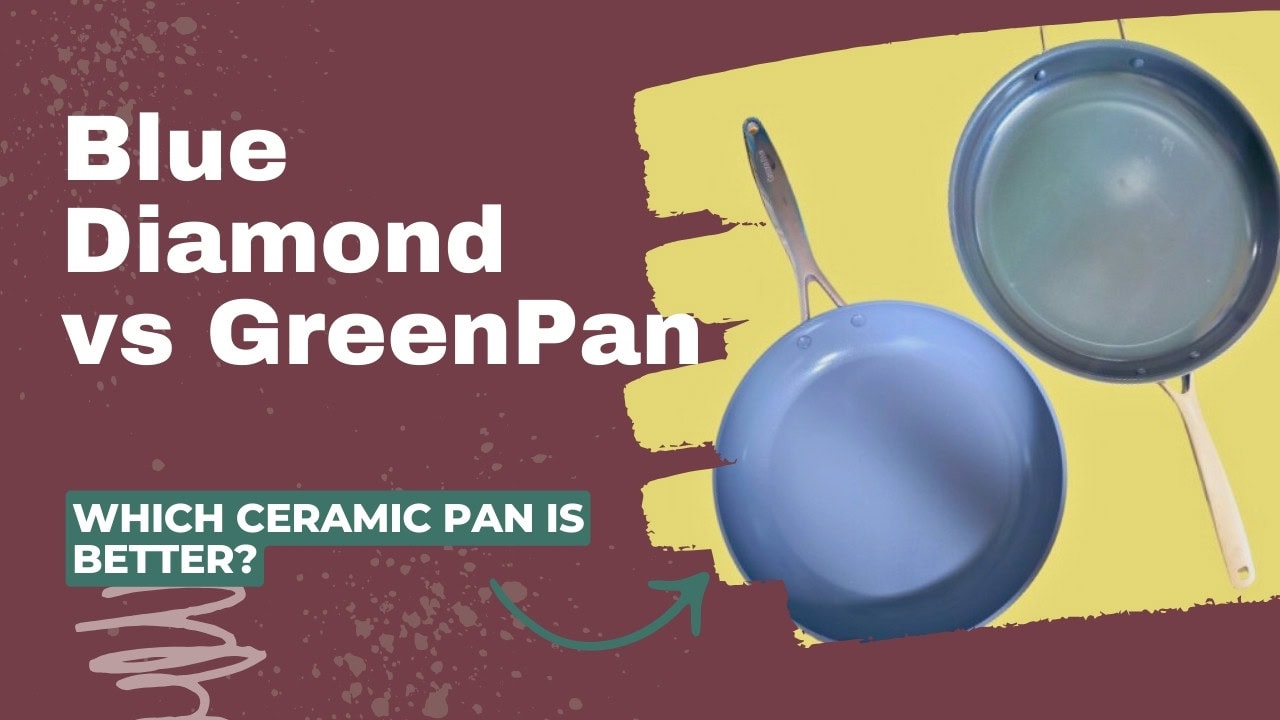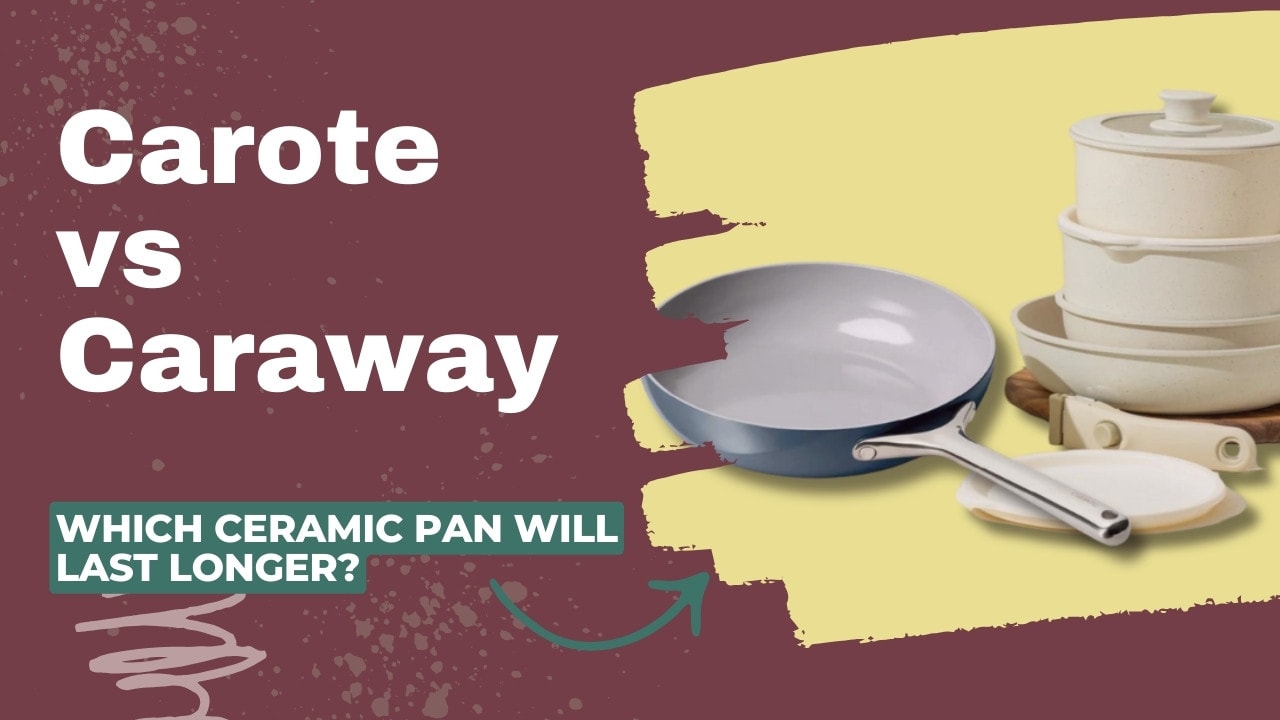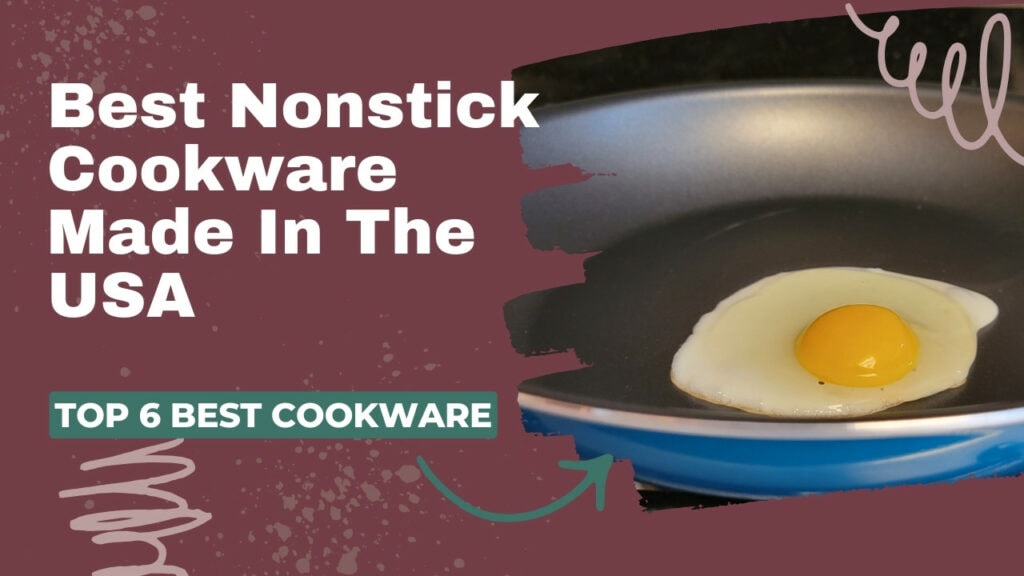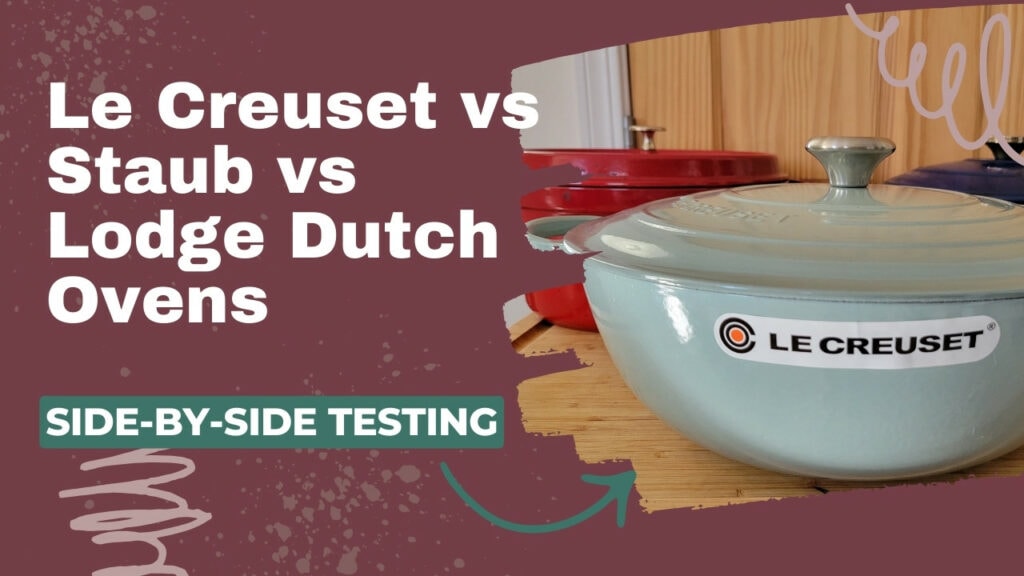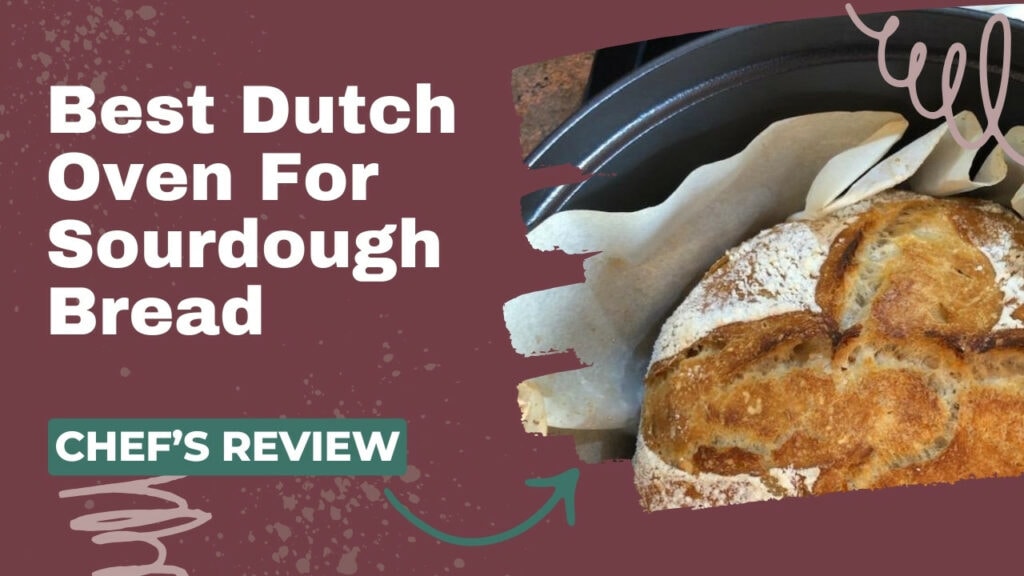So you’re here because you’re wondering if stainless steel cookware is worth the investment. Well, you’ve come to the right place!
Honestly, I can’t imagine my home kitchen without a stainless steel pan in it. When I was a full-time chef, I don’t think my professional kitchen would have survived without this cookware, either.
Since stainless steel is resistant to acids, dents, warping, and scorching heat, it’s one of the most versatile cookware materials! There are a lot of cooking methods and dishes that stainless steel is best suited for – and I’ll introduce you to several of them.
By the end of this article, I hope to help you decide if stainless steel has a place in your kitchen.
Why Use Stainless Steel Cookware?
Now, I could get really technical here and talk about stainless steel’s heat conductivity, nonreactivity, and durability, but instead, I’m just going to talk to you, cook to cook.
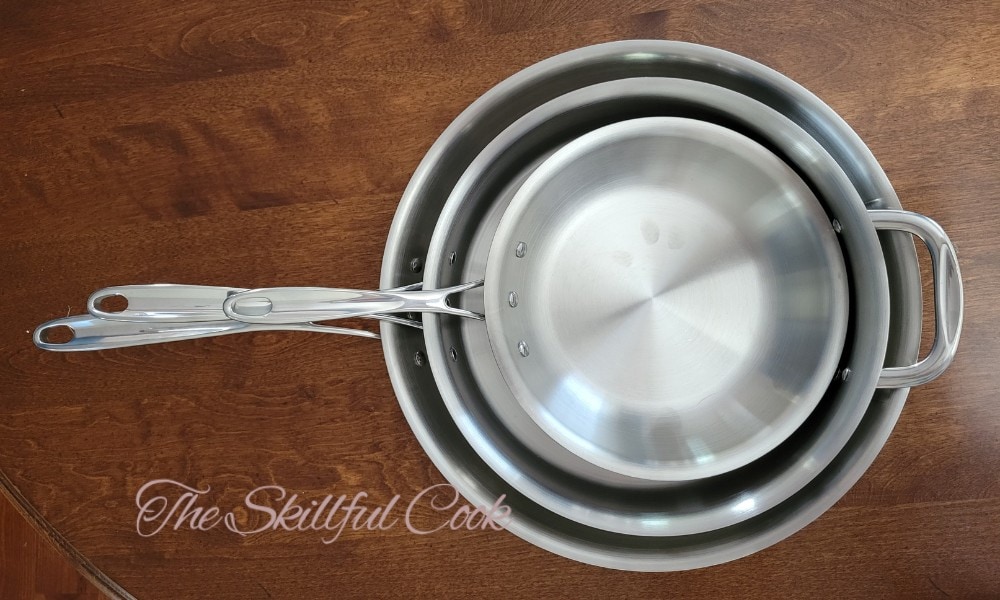
I meant it when I said a stainless steel pan is incredibly versatile. You can put it on the stovetop, sear a steak, and then transfer it straight to the oven to finish cooking.
It handles high heat without warping and holds that heat even when you add the ingredients. It won’t react with acids, liquids, or sugars. Frying, sauteing, stir-frying, boiling, candy-making, or broiling; stainless steel can handle it all.
You also don’t need to be delicate with stainless steel cookware. The material is incredibly durable, so it can take a beating without showing a sign.
There’s no nonstick coating, so you can use metal utensils without damaging your cookware at all. And you can use it on all kinds of cooktops – from gas to electric to induction.
How Does Stainless Compare to Nonstick Cookware?
There are many home cooks transitioning from nonstick cookware to stainless steel pans. So how do the two compare?
I feel like a home kitchen needs various cookware options, and stainless steel and nonstick are two crucial materials.
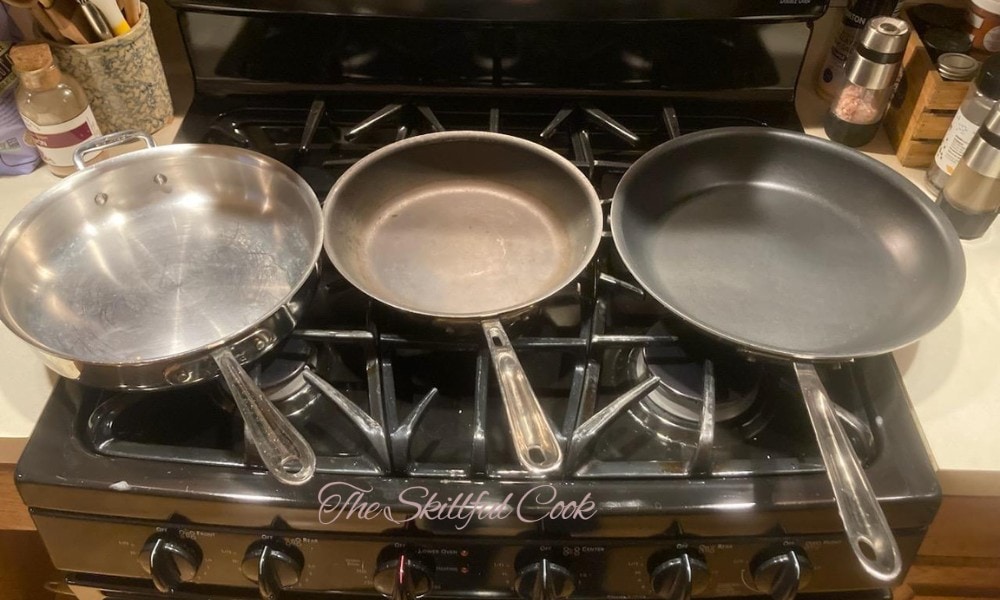
Stainless steel can handle high heat, can last for decades, and is metal utensil safe, but you need to add oil to cook with it.
On the other hand, nonstick pans need to be used over medium-low heat and have a lifespan of 3-5 years, but they’re more affordable than high-quality stainless and require less oil to cook with.
The bottom line is the two pans are suited for different jobs. I would never choose my beautiful Caraway ceramic nonstick pan to sear a steak because it can’t handle the high heat. But I would also rarely choose my tri-ply stainless steel pan to fry delicate proteins or sticky foods. Instead of choosing between the two, I like to have both on hand for different uses.
Is it Hard to Cook with Stainless Steel Pans?
Stainless steel has a reputation for being hard to cook with, especially when food sticks. While it may seem difficult at first to keep food from sticking, it just takes a few handy tips and some practice for you to be able to use stainless steel like a pro.
The key is to start with a nice, clean pan with a good glug of oil. Then, preheat the pan well before adding your ingredients. Lastly, make sure your ingredients brown well before trying to turn them.
For complete tutorial, read our complete guide on How To Keep Stainless Steel Pots And Pans From Sticking.
If you master this simple routine, cooking in stainless steel will become far easier.
What Should You Cook in Stainless Steel Pans?
I always pull out my stainless steel skillet when I want to cook up a juicy steak. Stainless steel isn’t the fastest at heating up, but it does retain the heat really well. So it can create a great crust on steak.
It’s also the ideal vessel to cook acidic food like tomato or wine-based sauces because it does not react with acidic ingredients. I saute vegetables, boil noodles, pan-fry chicken, and flip pancakes in my stainless steel pan.,
Some people may say you can’t cook eggs in stainless steel, but if you know what you’re doing, it’s totally possible. The key is to preheat the pan and then add the oil before adding the eggs.
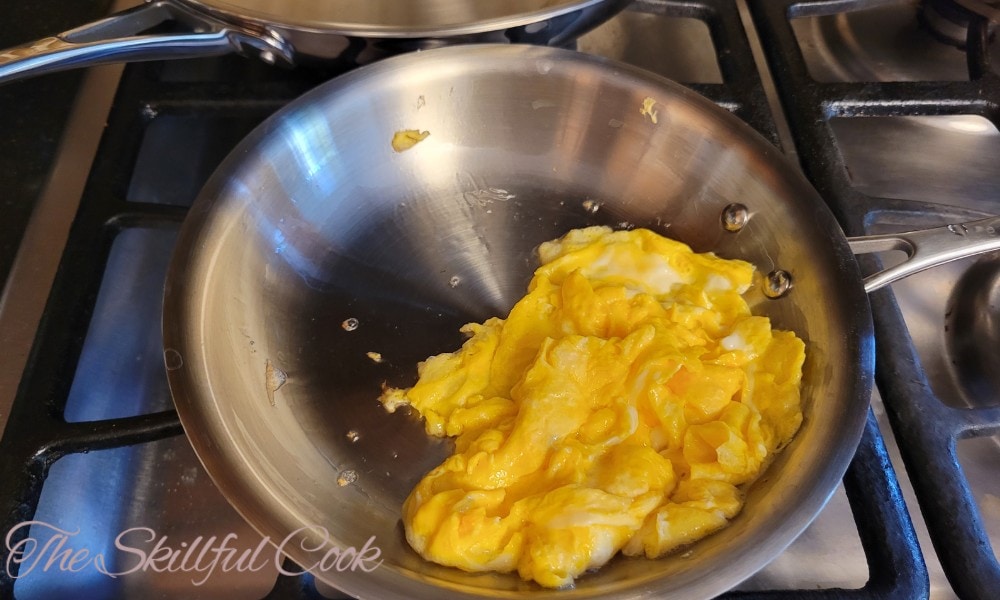
Does Stainless Steel Require Maintenance?
One of the significant benefits of stainless steel cookware is that it doesn’t require maintenance like cast iron or carbon steel. That’s not to say that stainless steel doesn’t require particular care, but you do get to skip the seasoning step.
But, if you choose, it is possible to season your stainless steel using the same method you would use for cast iron or carbon steel pans.
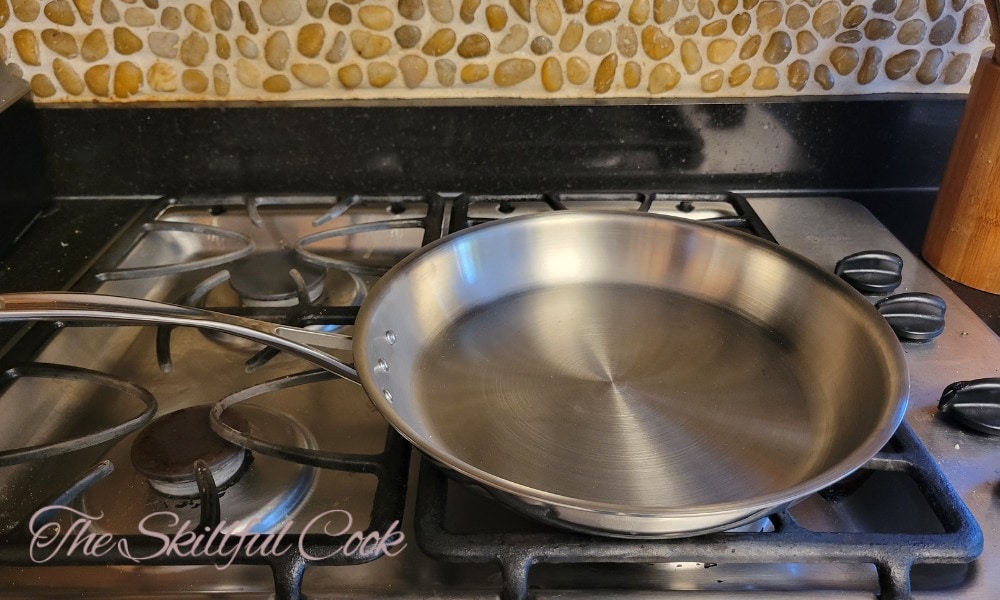
It’s also important to take care when storing your stainless steel pans. I like to hang my pans, but if this is not possible, I recommend placing pot protectors between each pan to protect them.
How Long Does Stainless Steel Cookware Last?
Stainless steel cookware is an investment, but how long will it actually last?
High-quality stainless steel is considered an heirloom piece, meaning you can pass it down in your family if you take good care of it.
The key is choosing 3 or 5-ply stainless steel cookware. These pans are made up of multiple layers of stainless steel with a copper or aluminum core. This not only improves how well your pan heats but it also makes it more durable.
It may seem like a lot of money upfront, but great stainless steel will be worth every cent.
Is Stainless Steel Safe to Cook With?
With many cookware materials, you have to worry about leaching lead or chemicals making their way into your food. You don’t have to worry about any of these nasties when using stainless steel.
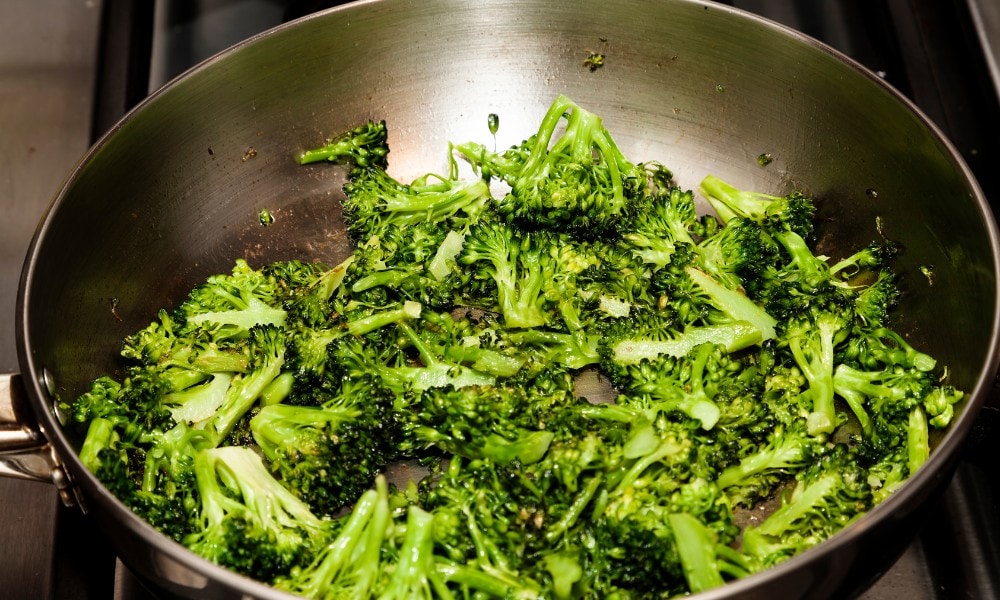
There is no coating to damage and leach chemicals, no matter how much you scratch up the surface. Stainless steel leeches small amounts of nickel and chromium into your food, but these quantities are well within safe levels.
Overall, stainless steel is considered completely safe to cook with unless you have a nickel allergy. Even small quantities can cause acute contact dermatitis in those with sensitivities.
Luckily, those of you with nickel allergies don’t have to miss out on cooking with stainless steel. There is a small selection of nickel-free stainless steel cookware on the market that is entirely safe to use.
Why Do Chefs Use Stainless Steel?
In my chef days, my kitchen was stocked to the nines with stainless steel cookware; there are a few key reasons for this.
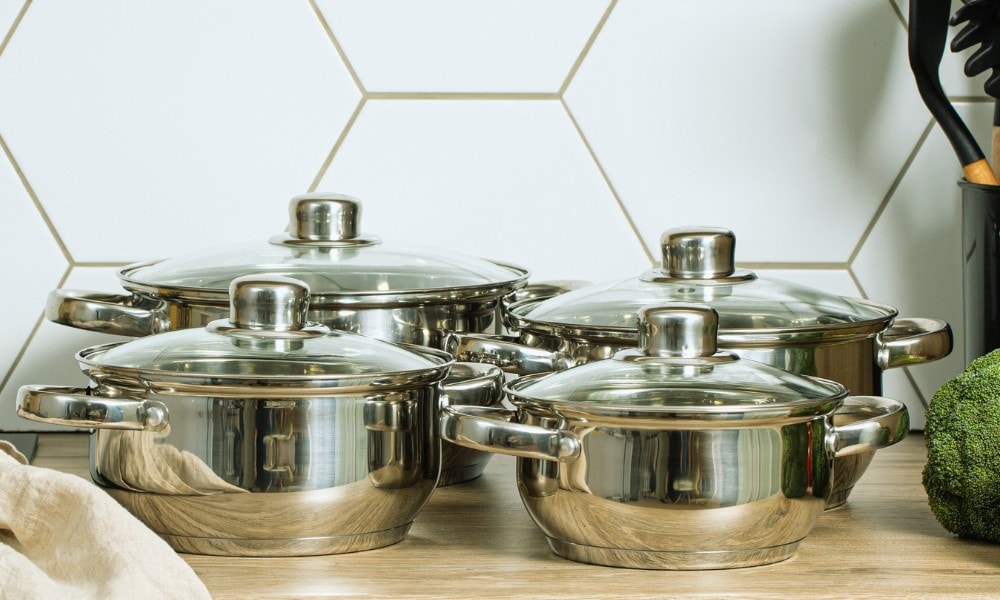
The first is because it’s so durable. Even in the fanciest kitchens, cookware goes through a lot of abuse because of how often it is used within a day. Stainless steel has the strength to deal with this for much longer than nonstick pans.
Secondly, they are compatible with all cooktops. For example, the hot kitchen can use a pot on the gas stove, but the pastry kitchen can use the same pot on their induction burners. This saves having to buy separate cookware for each kitchen.
At the end of the day, chefs value versatility and durability, and that’s what stainless steel delivers.
Disadvantages of Stainless Steel
It is probably clear by now that, in my professional opinion, stainless steel is a great cookware option to have in your kitchen.
Saying that, I just wanted to sum up some of the downsides so you can decide whether stainless steel fits your cooking style.
Conclusion
After all this exploration, it should be clear that every well-stocked home kitchen should include at least one stainless steel pan. Their versatility and durability are hard to beat and you won’t regret your investment, I promise.
If you have any more questions about stainless steel cookware, drop us a comment or check out our expensive stainless steel article selection.

